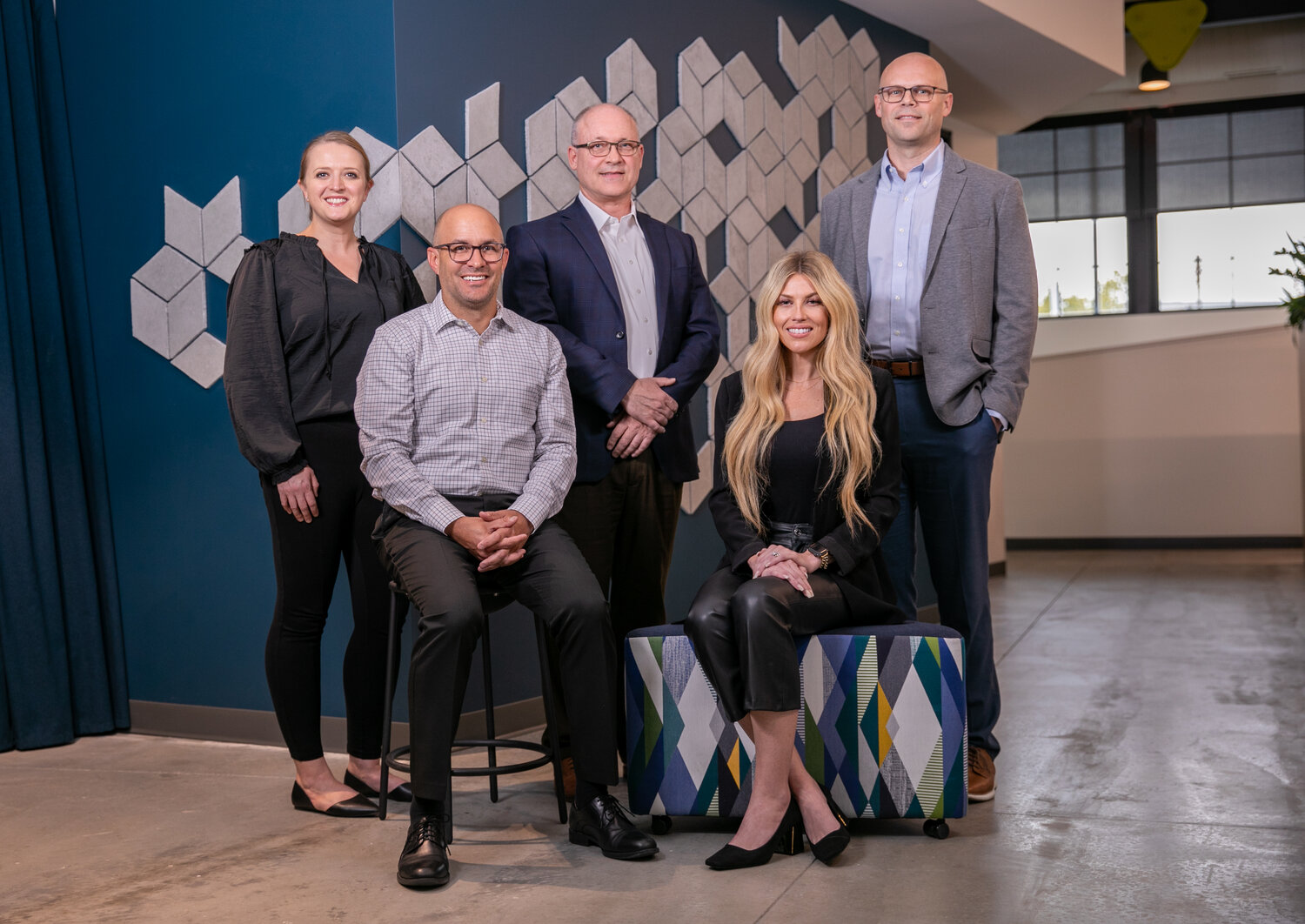When designing healthcare spaces, the team at Paragon Architecture believes that thoughtful design should not only promote healing but be used as a competitive advantage to attract and retain talent and increase operational efficiencies. Throughout the development of healthcare facilities, the team turns to foundational design principles and the application of several WELL Building Standards that prioritize health and safety. The common denominator is that they are designing “people-first” places.
The Paragon team immediately invites facility administration, staff, and users to the table to gain an understanding of the needs and wants of those who will spend time in that facility every day. “We come in as good listeners, inviting our clients to create this experience with us,” said Jim Stearman, WELL Accredited Professional and Director of Healthcare Architecture at Paragon Architecture. Those initial listening sessions guide the design team to create the best facility for staff and patients.
Using Design to Promote Healing
One key principle that the team keeps in mind when designing wellness facilities is incorporating natural elements. Studies show that using natural elements may help speed the healing process for many patients. This practice is referred to as biophilic design, which has a focus on incorporating natural lighting and motifs that evoke natural elements.
“Through biophilic design, natural light permeates the space and we can celebrate views of nature where possible,” said Stearman. “It’s about creating a more de-institutionalized environment. By connecting patients, visitors, and families to nature, we create a much more healing environment that is more consistent with a hospitality experience. It not only looks great, but the environment alone can also make patients perceive that they have received a higher level of care. In this way, thoughtful facility design can come right alongside the treatment given by caregivers, and further promote healing.”
“When we’re designing a healthcare facility, we’re not designing buildings to just house equipment and process healthcare transactions, we’re actually designing an experience with people in mind,” said Stearman. Many times seeking healthcare can be stressful, so turning outward to nature and bringing the outside in can help create that healing environment and minimize stress.
Using Design to Attract and Retain Talent
The healthcare industry continues to be hit hard by labor shortage issues. Eliminating turnover, as well as attracting additional help is top of mind for healthcare providers throughout the region. When designing wellness facilities, the design team at Paragon thinks about caring for caregivers as much as caring for patients – the two are simultaneous priorities. “Where once these environments may have been mostly focused on patients, we’re seeing an emphasis on creating a comforting environment for staff now as well,” said Stearman. “Taking care of the nurses and physicians, and the technicians and support staff, and paying more attention to how those break areas and respite areas work, organizations have an opportunity to use thoughtful design in order to attract and retain great talent.”
Using Design for Operational Efficiency and Effectiveness
There is also an increased need for efficient space planning. Stearman explained how Paragon’s design philosophies permeate deeper into the care model. “We’ve all been in hospitals where the provider is fighting the very design of the facility when it comes to how many footsteps they have to put in to get the supplies they need and back to the patient in a timely manner.”
Careful planning means considering details like determining the shortest and most efficient path providers can take throughout the facility, as well as considering what is within arm’s reach when in a patient’s room. “It’s like that efficiency triangle in a kitchen,” said Stearman. “That’s the thought process in the patient’s room – to design for work flows that help reduce medical errors, ensuring caregivers have more face-to-face contact with patients. When there are more efficiencies and fewer distractions, and less fatigue among nurses and staff, and the patient now has a greater understanding of their diagnosis, prognosis, and treatment because of increased face time with providers, then once again the level of perceived care goes up.”
Providing this high touch level of care can come back to medical facilities in the form of better HCAHPS scores that are tied to reimbursement. “There’s a real financial advantage to doing these things but at the end of the day it’s about the people, patients, and staff,” said Stearman. “There are so many things in a healthcare facility that are a priority and no one thing is more important than another. Our mission is to figure out how we can simultaneously achieve them all together. It’s never just about the building and the things inside. We’re designing an experience where compassion and dignity are evident. We believe that truly designing for people is care.”
